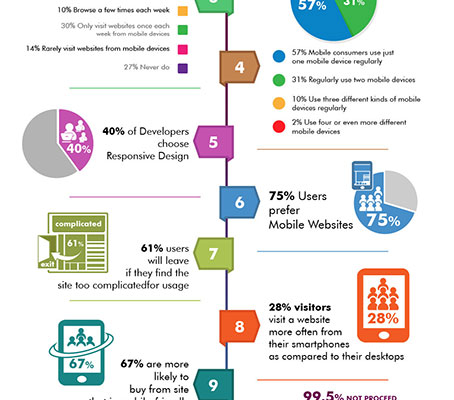Crafting A User-Friendly Internet Site: Techniques And Techniques For Website Design Success
Crafting A User-Friendly Internet Site: Techniques And Techniques For Website Design Success
Blog Article
Published By-Stokes Raun
Master the art of website design by concentrating on individual experience. Craft intuitive navigation and go with mobile optimization to boost the browsing experience. Ensure easy navigating with clear headings and appealing visuals. Focus on mobile responsiveness for a regular customer experience. By incorporating these important style principles, you can produce an user-friendly web site that mesmerizes visitors.
Crucial Layout Principles
When developing a web site, focus on customer experience above all else. Your major goal needs to be to create a smooth and satisfying experience for your visitors. Start by making certain that your web site is simple to browse. Usage clear headings, organized menus, and intuitive switches to assist users via your web content effortlessly. Keep in mind, simpleness is vital. Avoid jumbling your pages with unnecessary components that can overwhelm or confuse your audience.
One more vital layout principle is to make sure your web site is visually attractive. Pick a cohesive color scheme, top quality images, and legible typefaces to improve the overall look of your website. Uniformity is essential in developing a solid brand name identity and making your site extra unforgettable to individuals.
Additionally, prioritize mobile responsiveness. With even more people browsing the web on their smart devices and tablet computers, it's crucial that your internet site looks and works well on all gadgets. Evaluate your site on different screen dimensions to ensure a smooth experience for all individuals. By concentrating on these important style concepts, you can produce an easy to use website that keeps visitors returning for even more.
User-Focused Navigation
To enhance individual engagement and improve their browsing experience, prioritize producing instinctive navigation paths that lead site visitors perfectly via your site. Clear and well-organized navigation is critical for aiding individuals find the info they need promptly and successfully. Beginning by maintaining your menu structure basic and understandable. Usage detailed labels that clearly suggest what web content can be discovered under each menu choice. In addition, think about carrying out dropdown food selections for subcategories to stop congestion the major navigation bar.
Another crucial aspect of user-focused navigating is making use of breadcrumbs. Breadcrumbs are a secondary navigation help that shows individuals their present area on the website and allows them to easily navigate back to previous web pages. This attribute is particularly valuable for users that enter your website via a deep link or an internet search engine result.
Moreover, integrating search performance prominently on your web site can further improve individual navigating. A search bar allows individuals to swiftly discover specific web content without having to click through several web pages. Guarantee that your search bar is conveniently visible and available on every page of your website for maximum usability. By focusing on user-focused navigation techniques, you can produce a much more instinctive and satisfying browsing experience for your site visitors.
Mobile Optimization Techniques
Take into consideration maximizing your web site for mobile phones to make sure a seamless user experience throughout various screen dimensions. Mobile optimization is critical in today's electronic landscape where a substantial part of internet surfing occurs on smartphones and tablets.
To improve mobile use, beginning by applying responsive design techniques. This approach permits your web site to adjust to numerous display measurements, keeping capability and aesthetics.
Concentrate on optimizing loading times for mobile customers. Slow-loading sites can discourage visitors and influence your online search engine positions. Compress images, lessen HTTP requests, and utilize browser caching to improve loading speed. Furthermore, prioritize web content power structure for mobile display screens. Ensure that necessary details is plainly shown, and navigation is user-friendly, advertising very easy access to vital sections.
Use touch-friendly components such as larger buttons and structured kinds to promote communication on smart phones. Conduct extensive screening across various mobile systems to determine and rectify any type of usability concerns.
Verdict
In conclusion, understanding the art of web design is vital for producing an user-friendly internet site. By including necessary layout concepts, user-focused navigating, and mobile optimization methods, you can make certain a smooth and pleasurable experience for your site visitors.
For instance, a regional bakeshop saw a 30% rise in on-line orders after overhauling their site to be more easy to use and mobile-responsive. Keep in mind, a well-designed internet site can make all the difference in drawing in and retaining customers.
